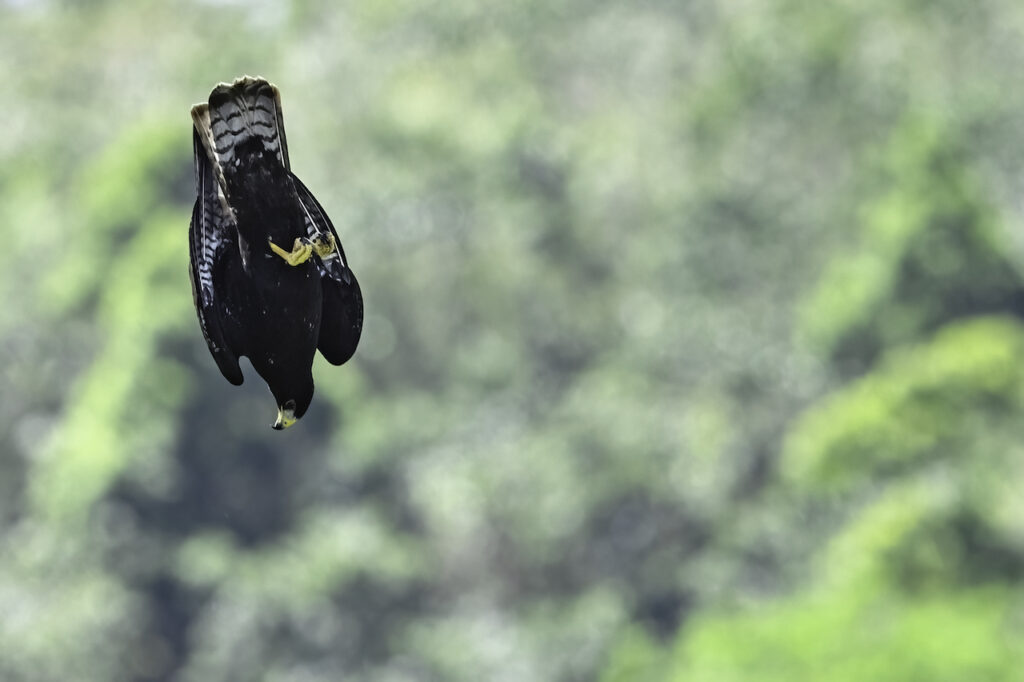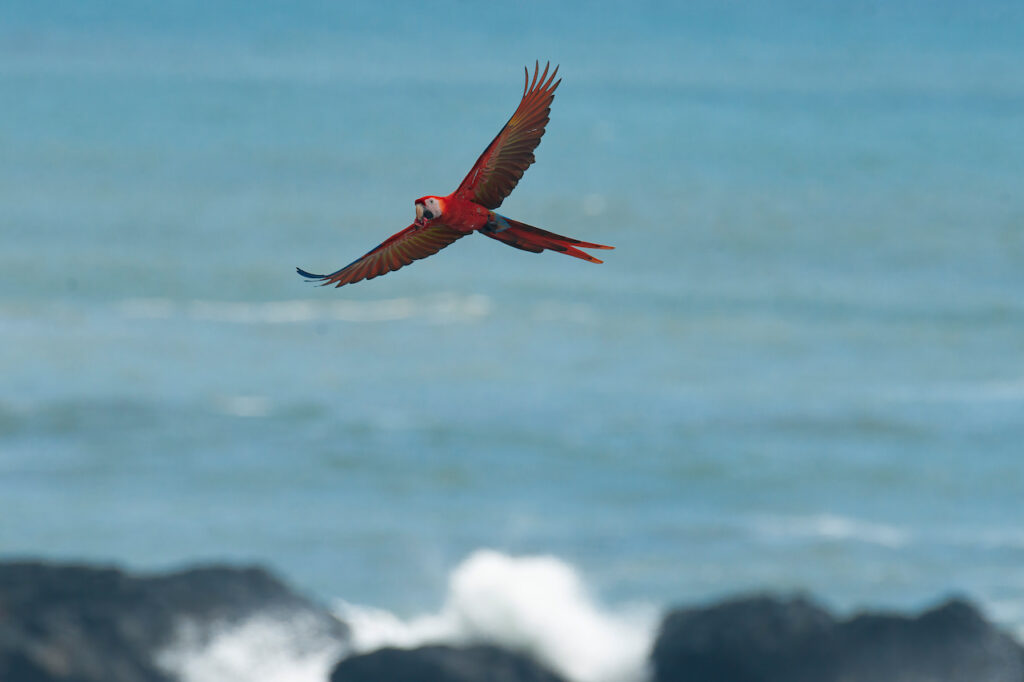Birdwatching by zone in Costa Rica is truly magnificent, it has six ecozones for birdwatching, dozens of micro-ecosystems and 10% of the world’s bird species. These protected areas include 32 national parks, more than fifty wildlife refuges, and scores of protected areas and biological reserves.
In Costa Rica, birds are everywhere, for birding they dominate the cloud forest, humid lowlands, mountains, tropical dry forest and wetlands. Some examples of places are the following: Maquenque Wildlife Refuge near Nicaragua; Palo Verde National Park in Guanacaste; Osa Peninsula; Cordillera de Talamanca near Panama; La Selva Biological Station and the Monteverde Cloud Forest Biological Reserve.

BIRDWATCHING IN THE NORTH ZONE OF COSTA RICA
The north of San Carlos and Guanacaste is home to valuable national parks and active volcanoes. Here, birdwatching is a year-round activity, however birders prefer the dry months, from November to April. In the dry season, it is much easier to spot a bird resting on a tree that has lost its leaves to survive the drought.
BIRDING IN THE SOUTH ZONE OF COSTA RICA
The South of Costa Rica, especially the lower parts of the tropical rainforest, with its colorful tropics and dense jungles. However, access to some parts of the South Zone of Costa Rica requires a combination of ground transportation, plane, boat, 4×4 or walks along the coast to reach the hotels.

Birding in the Central Pacific of Costa Rica
It is located at the meeting point between the Dry Forest of the North Pacific and the Humid Tropical Forest of the Central Pacific. It is a meeting point for characteristic species of both habitats (dry and humid), around 500 species have been reported. It is quite recurrent to run into Army Ants (genus Eciton), which are followed by certain birds that take advantage of feeding on the insects that flee away from the passage of these voracious ants. Some of the most sought-after birds in the area are: Scarlet Macaw (Ara macao), Bicolored Anteater (Gymnopithys bicolor), Black-bellied Wren (Pheugopedius fasciatoventris, with limited distribution from CR to Colombia), Slender Woodcreeper (Deconychura longicauda), Emerald Vireo (Vireolanius pulchellus), Sky-crowned Manakin (Lepidothrix coronata), among others.
Bird Watching in the Highlands of Costa Rica
This area extends through the center of the country and 4 different mountain ranges including great places like: Turrialba, Arenal Volcano National Park, Poas Volcano National Park, San Gerardo de Dota. Also the highest parts of the Braulio Carrillo National Park, and the Monteverde Forest Reserve.
Expect to see: the beautiful Quetzal, many hummingbirds, small colorful Passerine, Barbets and some raptors.
The Caribbean Lowlands
This is the largest ecological zone and includes the entire lowlands and foothills east of the mountains in the Eastern Caribbean. Great places to stop include: Tortuguero National Park, La Selva Biological Station, the Caño Negro area, and Cahuita National Park.
Wait to see: toucans, jacamars, anteaters and cotingas.
